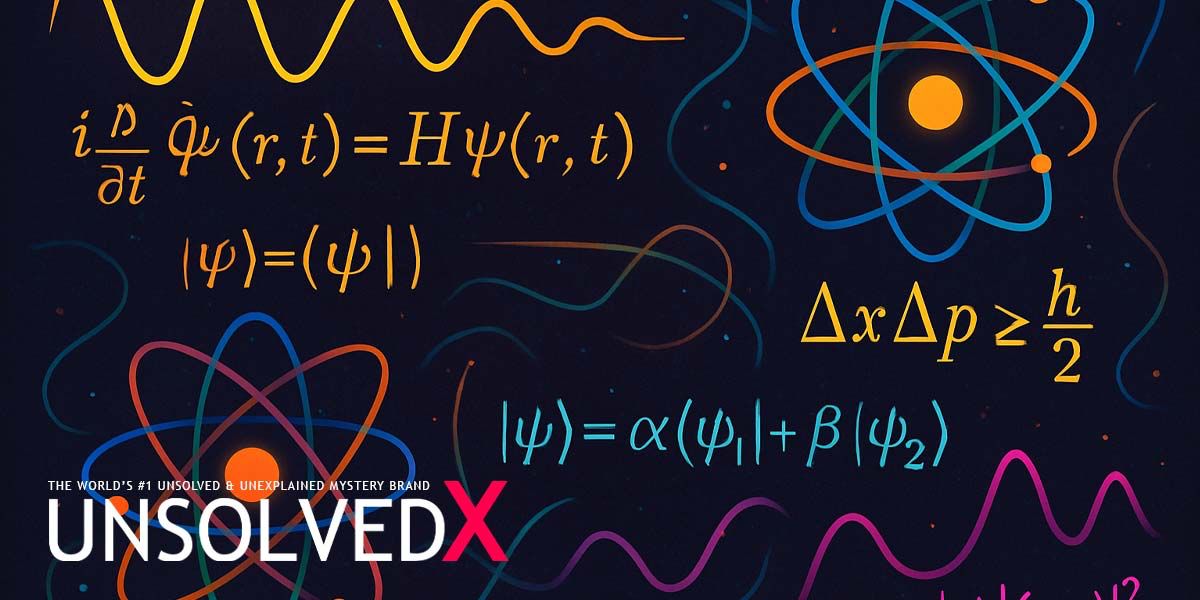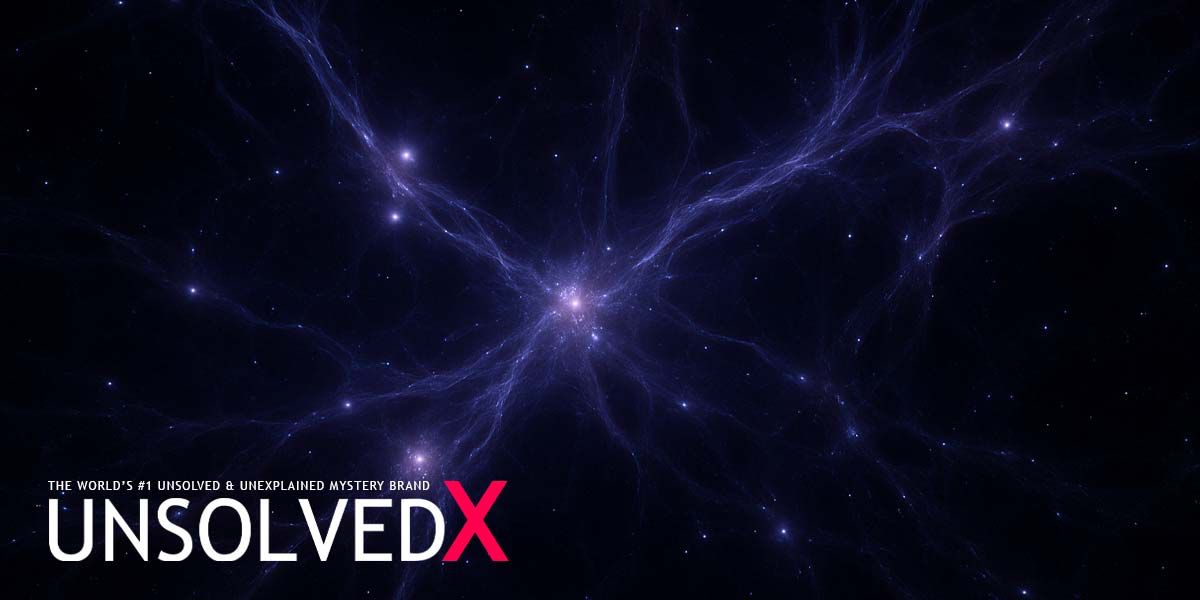The Strange World of the Subatomic
Quantum mechanics is not just a scientific theory—it’s a mind-bending plunge into a reality where the rules of the everyday world dissolve. At its core, it describes how particles like electrons and photons behave at the smallest scales, revealing phenomena that defy intuition. Albert Einstein’s special and general relativity reshaped our understanding of space and time, but quantum mechanics takes us further, into a realm where certainty is an illusion and the act of observing alters reality itself. Developed in the early 20th century by pioneers like Max Planck, Niels Bohr, and Werner Heisenberg, this field emerged from experiments that couldn’t be explained by classical physics, such as the behavior of light in the double-slit experiment. It’s a cornerstone of modern science, underpinning technologies like semiconductors and MRI machines, yet its implications remain profoundly mysterious.
The hallmark of quantum mechanics is its embrace of probability over determinism. Particles don’t have definite positions or velocities until measured—a concept encapsulated in Heisenberg’s Uncertainty Principle. This isn’t just a limitation of our tools; it’s a fundamental feature of nature. For instance, an electron can exist in a superposition, meaning it’s in multiple states at once, only collapsing into a single state when observed. This strangeness has sparked debates about the nature of reality, with some physicists, like Hugh Everett, proposing the Many Worlds Interpretation, where every quantum event spawns parallel universes. The mystery lies not just in understanding these ideas but in grappling with what they mean for our existence.
Probing the Quantum Frontier
The quest to unravel quantum mechanics has led to groundbreaking experiments, with CERN’s Large Hadron Collider (LHC) at the forefront. This massive particle accelerator smashes protons together at near-light speeds, recreating conditions from the early universe to study fundamental particles like the Higgs boson, discovered in 2012. These experiments test quantum theories and their intersections with relativity, particularly how particles behave under extreme conditions near black holes, where spacetime itself warps. The LHC’s findings have bolstered the Standard Model of particle physics, yet mysteries persist—quantum mechanics doesn’t fully align with general relativity, leaving gaps in our understanding of gravity at the quantum level.
Beyond CERN, quantum entanglement—a phenomenon Einstein famously called “spooky action at a distance”—continues to baffle. When two particles become entangled, their states are linked, no matter how far apart they are. Measuring one instantly affects the other, defying classical notions of locality. This has practical applications, like quantum cryptography, but also raises philosophical questions about interconnectedness. String theory, which posits that particles are tiny vibrating strings in higher dimensions, attempts to bridge quantum mechanics and relativity but remains unproven, adding another layer to the enigma. The more we probe, the more questions arise, as each discovery reveals new facets of this subatomic puzzle.
What Lies Beyond the Quantum Veil?
The implications of quantum mechanics stretch beyond science into the realm of philosophy and even consciousness. If reality at its core is probabilistic, what does that mean for free will or the nature of existence? Some theorists speculate that quantum processes in the brain, as explored in Roger Penrose’s work with Stuart Hameroff, might play a role in consciousness, though this remains controversial. The mystery deepens when considering quantum mechanics’ role in cosmology—how did the universe’s initial quantum fluctuations, studied through the Cosmic Microwave Background, give rise to galaxies? These questions tie quantum mechanics to the biggest unsolved mysteries, like the origin of the universe itself.
For unsolvedx.com readers, quantum mechanics isn’t just a theory—it’s a gateway to the unknown. Its paradoxes challenge our assumptions, from the behavior of particles to the possibility of alternate realities. As research continues, facilities like the LHC and advancements in quantum computing push the boundaries, but the core enigma persists: why does the universe operate this way? By exploring quantum mechanics, we don’t just seek answers—we confront the limits of what we believe is possible, making it a perfect fit for those drawn to the unexplained.










Comments
Comments section coming soon!